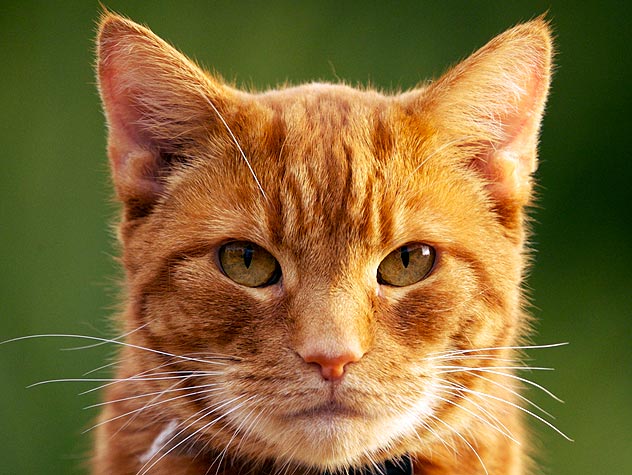Stamp: Children philately - Kittens - British Shorthair (Belarus 2017)
Children philately - Kittens - British Shorthair (Belarus 2017)
11 January (Belarus ) within release Children philately goes into circulation Stamp Children philately - Kittens - British Shorthair face value N Unknown
| Stamp Children philately - Kittens - British Shorthair in catalogues | |
|---|---|
| WADP Numbering System - WNS: | WAD:BY005.17 |
Stamp is horizontal format.
Number in set - 4||(show set). Layout - sheet of 9. Issuing - RUEP Belpochta. Printer - RUE Bobruisk Intergrated Printing House named after AT Nepogodin
Also in the issue Children philately:
- Stamp - Children philately - Kittens - Bengal face value A;
- Stamp - Children philately - Kittens - Maine Coon face value A;
- Stamp - Children philately - Kittens - Scottish Fold face value N;
- Stamp - Children philately - Kittens - British Shorthair face value N;
- Mini Sheet - Kittens face value None;
- Stamp - Bengal face value A;
- Stamp - Maine Coon face value A;
- Stamp - British Shorthair face value N;
- Stamp - Scottish Fold face value N;
Stamp Children philately - Kittens - British Shorthair it reflects the thematic directions:
The domestic cat (Latin: Felis catus) is a small, typically furry, carnivorous mammal. They are often called house cats when kept as indoor pets or simply cats when there is no need to distinguish them from other felids and felines. Cats are often valued by humans for companionship and for their ability to hunt vermin. There are more than 70 cat breeds, though different associations proclaim different numbers according to their standards.
Cats are similar in anatomy to the other felids, with a strong flexible body, quick reflexes, sharp retractable claws, and teeth adapted to killing small prey. Cat senses fit a crepuscular and predatory ecological niche. Cats can hear sounds too faint or too high in frequency for human ears, such as those made by mice and other small animals. They can see in near darkness. Like most other mammals, cats have poorer color vision and a better sense of smell than humans. Cats, despite being solitary hunters, are a social species and cat communication includes the use of a variety of vocalizations (mewing, purring, trilling, hissing, growling, and grunting), as well as cat pheromones and types of cat-specific body language.
Fauna (pl.: faunae or faunas) is all of the animal life present in a particular region or time. The corresponding terms for plants and fungi are flora and funga, respectively. Flora, fauna, funga and other forms of life are collectively referred to as biota. Zoologists and paleontologists use fauna to refer to a typical collection of animals found in a specific time or place, e.g. the "Sonoran Desert fauna" or the "Burgess Shale fauna". Paleontologists sometimes refer to a sequence of faunal stages, which is a series of rocks all containing similar fossils. The study of animals of a particular region is called faunistics.


